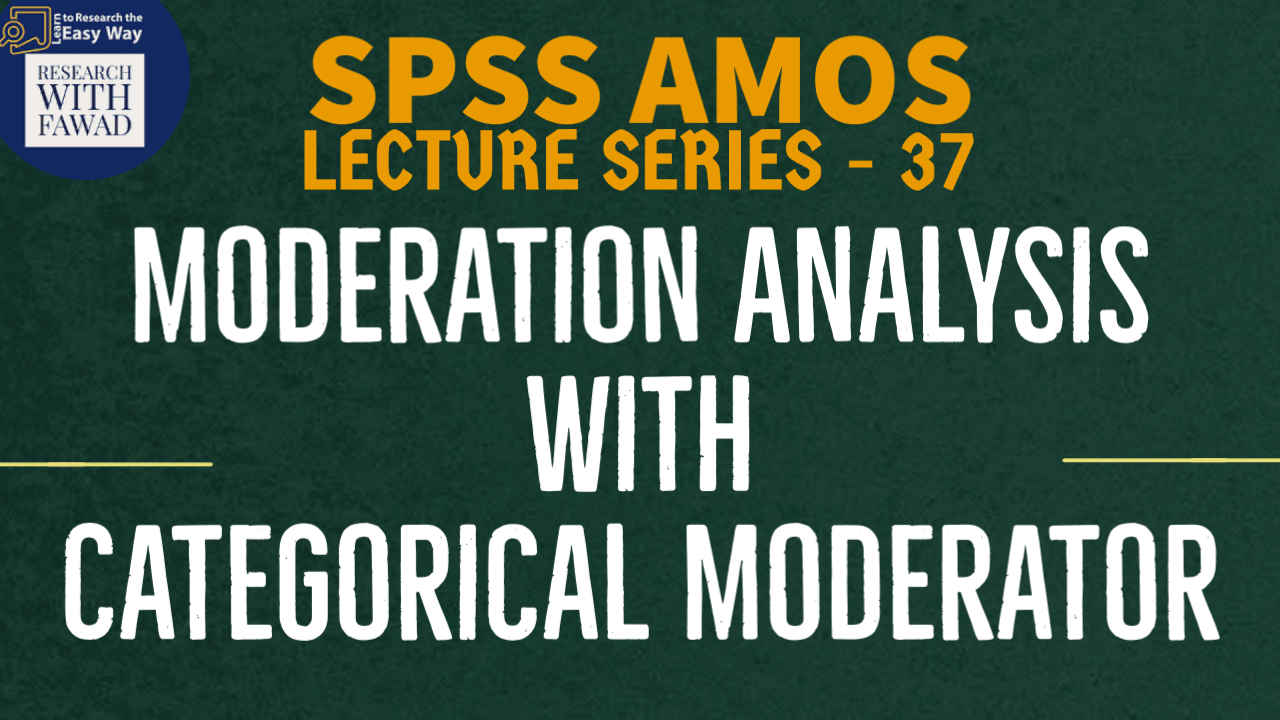
Moderation Analysis in SPSS AMOS
The Focus of the video tutorial is guiding how to perform Moderation Analysis with categorical variables in SPSS AMOS.

The Focus of the video tutorial is guiding how to perform Moderation Analysis with categorical variables in SPSS AMOS.
Setting Up Two Group Analysis
Multi-Group Analysis
In the Estimates link, you need to select the “Public” group and then examine the OC to CC relationship. The relationship is significant with an unstandardized regression weight of .446.